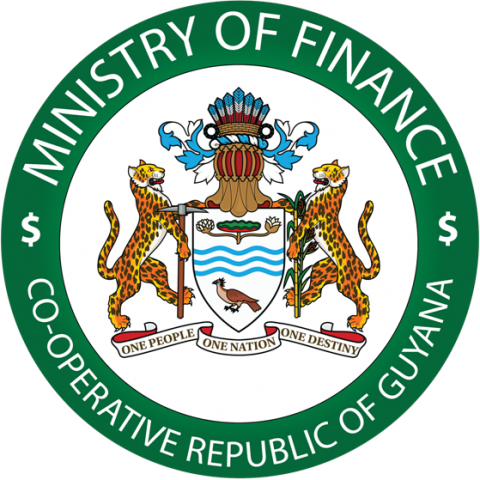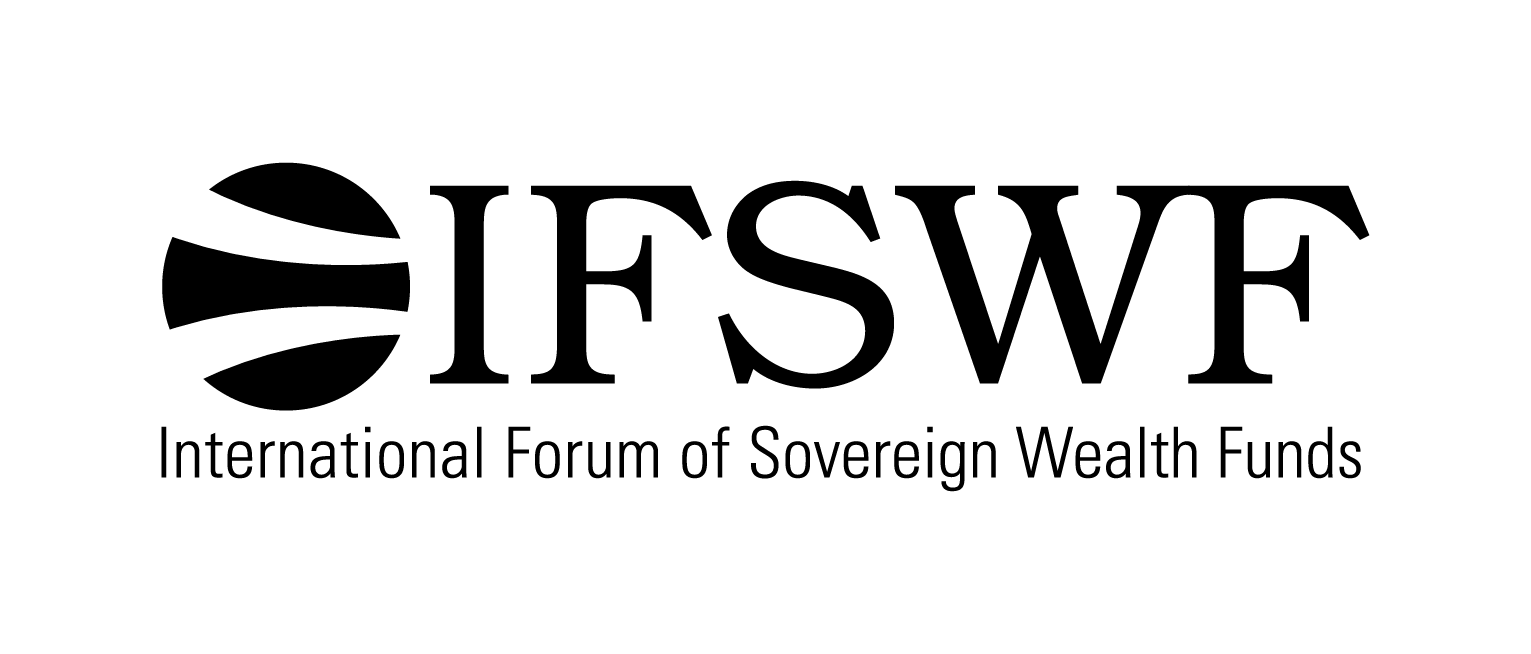
Natural Resource Fund
Guyana

In 2015, Guyana’s first commercial petroleum discovery was announced by ExxonMobil, the operator of a large offshore block. Soon, thereafter, the company began preparations for production with a first oil target of 2020. In recognition of the need to effectively manage the economy and the expected revenue windfall, the Government considered it necessary, in the context of strengthening sound public financial management, to create legislation to establish an SWF ahead of first oil. After a series of consultations with various stakeholders, including the private sector and civil society, the Natural Resource Fund (NRF) was established, by the Natural Resource Fund Act 2019, to manage the natural resource wealth of Guyana for the present and future benefit of the people and for the sustainable development of the country.
The objectives of the NRF are to:
- ensure that volatility in natural resource revenues do not lead to volatile public spending;
- ensure that natural resource revenues do not lead to a loss of economic competitiveness;
- fairly transfer natural resource wealth across generations to ensure that future generations benefit from natural resource wealth; and
- use natural resource wealth to finance national development priorities, including any initiative aimed at realizing an inclusive green economy.
The structure of the NRF follows the commonly used manager model, in which the Ministry of Finance is responsible for the overall management of the NRF and the central bank – Bank of Guyana – is responsible for the operational management of the NRF in accordance with an Investment Mandate and an operational agreement.
Initially, Government proceeds from petroleum operations including royalties, a share of profit oil and income tax or corporate income tax will be directly deposited into the NRF. The Ministry of Finance, with the advice of an Investment Committee – comprised of suitably qualified and experienced financial experts – will have responsibility for providing the Bank of Guyana with an Investment Mandate. Eligible investments are defined in the NRF Act and are to be managed according to the principle of passive investment management. The NRF Act also identifies two investment streams: 1) very safe investments which are limited to eligible bank deposits and eligible treasury bills; and 2) long-term savings for which investments in eligible asset classes are restricted by floors and ceilings.
As the operational manager, the Bank of Guyana can, through a competitive and open procurement process, hire private managers to manage part of the NRF, as well as custodians for the safekeeping of investments. The Bank of Guyana is also responsible for providing the Ministry of Finance with monthly and quarterly reports on the performance of the NRF, as well as audited financial statements and any other information required for the preparation of the annual report. The Ministry of Finance is responsible for publishing these reports, among others, on its website within timeframes identified in the NRF Act.
The Ministry of Finance is also responsible for preparing and submitting to the National Assembly, requests for withdrawals from the NRF, as part of the annual budget proposal, pursuant to the withdrawal rule included in the NRF Act. As part of that rule, a Macroeconomic Committee, comprising suitably qualified and experienced economists, is responsible for analysing the past and future implications of public spending on Guyana’s economic competitiveness, taking into account key macroeconomic variables to safeguard against the resource curse, including Dutch disease. Based on this analysis, the Committee is tasked with providing advice on the maximum amount that can be withdrawn without diminishing the competitiveness of Guyana’s economy. A second component of the withdrawal rule is an assessment of the maximum amount that can be withdrawn from the NRF in a fiscal year while ensuring the long-term financial sustainability of the NRF; a fair intergenerational distribution of natural resource wealth; and stability in annual withdrawals. This assessment is based on a formula included in the NRF Act. All details on the determination of the withdrawal request for a given year must be included in the annual budget proposal that is laid in the National Assembly.
Apart from the request for withdrawal from the NRF that is included in the annual budget proposal, the only other withdrawal permissible under the NRF Act is in the event of a major natural disaster, in which case a supplementary appropriation Bill has to be presented to the National Assembly for approval. This Bill must include a detailed account of why the emergency withdrawal is necessary and how the monies will be used to ameliorate the effects of the disaster.
The NRF was designed with the Santiago Principles in mind. In order to ensure that it is managed in accordance with the principles of transparency, good governance and international best practices, a Public Accountability and Oversight Committee has been established under the NRF Act and is tasked with the monitoring and evaluation of the NRF. This Committee, which comprises twenty-two nominees from civil society groups, professional associations, academia and local government, is also tasked with providing independent assessments of the management of the NRF and the utilization of withdrawals, and sharing this information with the public through reports and consultations.
Further details on Guyana’s Natural Resource Fund, including the NRF Act, operational agreement and other reports can be found on the Ministry’s website: www.finance.gov.gy.
Contact Details
Ministry of Finance, 49 Main & Urquhart Streets
Georgetown
Guyana
